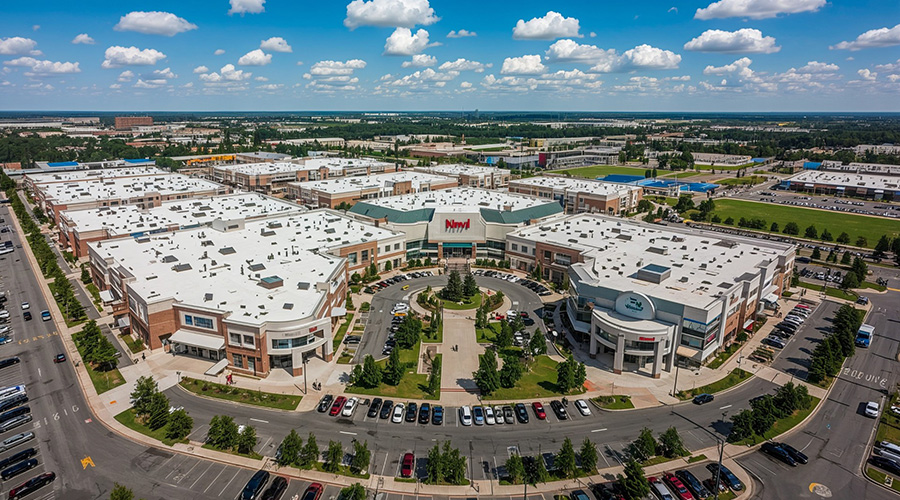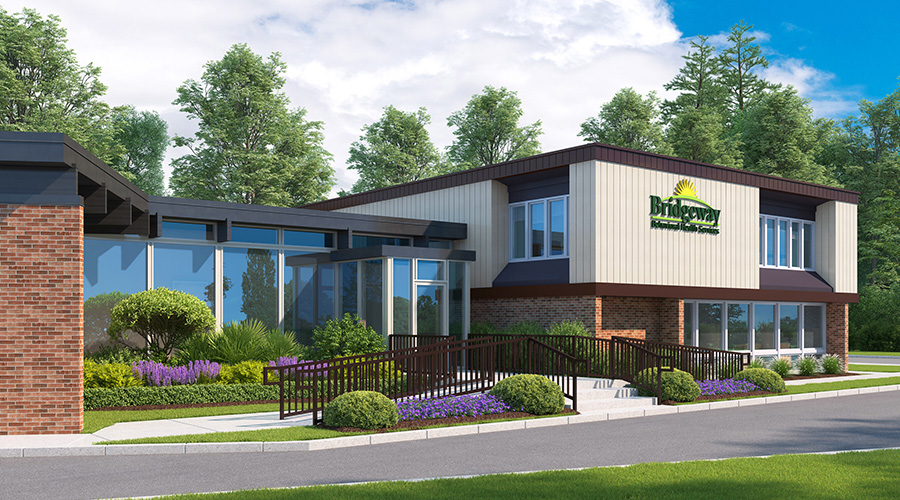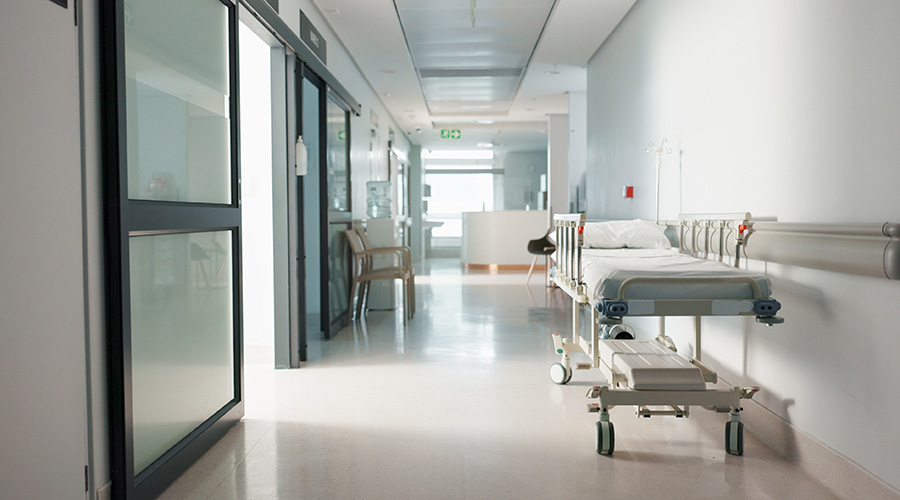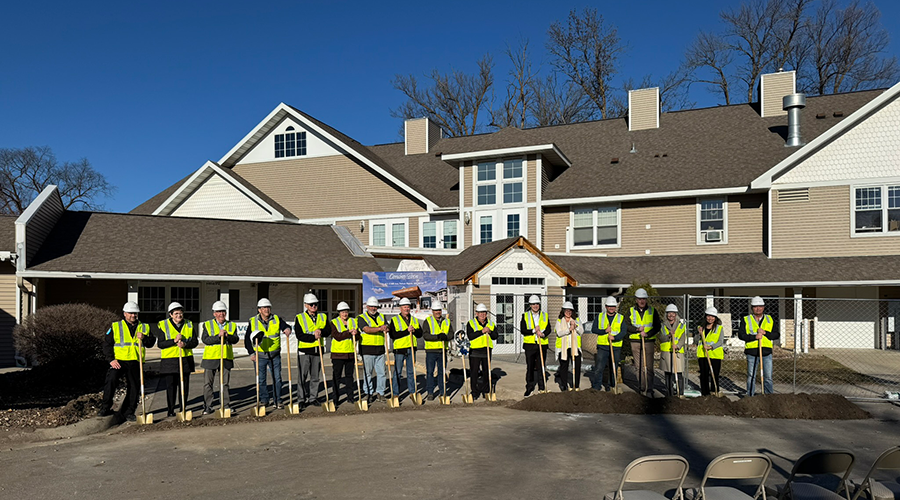ePIPE Awarded Canadian Patent: Methods and Systems for Coating and Sealing Piping Systems
Pipe Restoration Technologies, LLC (PRT), makers of the ePIPE® Lead-Free, Leak-Free™ pipe restoration product line, announced today that it has been awarded Canadian Patent #2931789 for the ePIPE in-place epoxy coating system. This innovative pipe restoration technology effectively and safely seals leaks and protects water supply pipes from leaking. The ePIPE process is a modern alternative to a re-piping.
The patented, minimally-invasive ePIPE process restores pipes as small as 1/2'' in diameter in-place providing improved protection from lead leaching and leakage. Potable water lines, natural gas lines, HVAC systems, drains and fire sprinkler pipes in homes, apartments, high-rise hotels, office buildings, skyscrapers, condominiums and schools can be treated.
ePIPE is approved by NSF for an immediate return to service in as little as 90 minutes. ePIPE epoxy coatings provide one of the fastest return to service epoxy lining products in the world, designed to protect drinking water pipes from leaks to enable water conservation, as well as reduce lead in water. Using ePIPE, lead and copper levels are reduced to below the World Health Organization’s (WHO) cut-off levels.
July 10, 2018
Topic Area: Press Release
Recent Posts
 Healthcare Is the New Retail
Healthcare Is the New Retail
How site selection strategies are shaping the future of medical real estate.
 Bridgeway Behavioral Health Services Launches Campaign to Renovate Health Center
Bridgeway Behavioral Health Services Launches Campaign to Renovate Health Center
The $2 million capital campaign aims to renovate and expand the outpatient behavioral health center in Elizabeth, New Jersey.
 Ground Broken for New North Dakota State Hospital
Ground Broken for New North Dakota State Hospital
The 300,000-square-foot facility in Jamestown will provide 140 beds in a modern, trauma-informed care environment.
 AI Usage for Healthcare Facilities
AI Usage for Healthcare Facilities
People in all industries are finding more use cases for artificial intelligence.
 Ground Broken on Pelican Valley Senior Living Modernization Project
Ground Broken on Pelican Valley Senior Living Modernization Project
It is expected to reach completion in early-mid 2027.